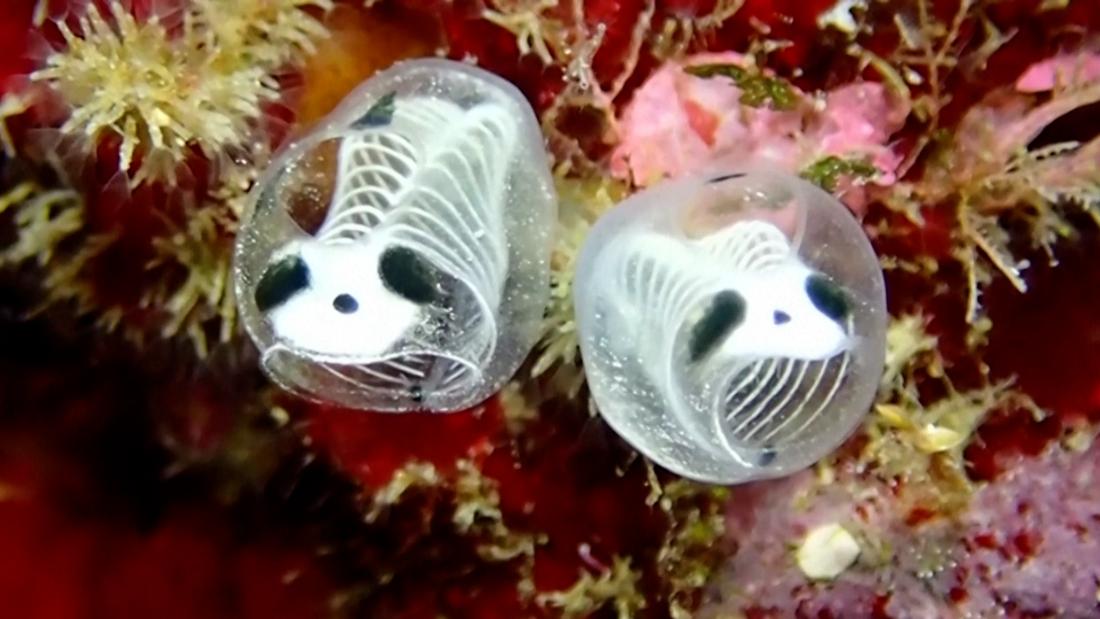KILLER insect embryos have been discovered in the UK for the first time this year, according to experts.
The ruthless species, also known as the yellow-legged hornet, can spell disaster for pollinators such as honey bees.
An Asian Hornet nest was found in the UK this monthgetty
A full nest can eat the equivalent of 50 bees a per daygetty
Originating in south east Asia, the invasive hornets made its way to Europe as a stowaway and quickly became established.
The embryo nest found this month, contained one queen who was preparing to multiply, was found in Langley, Kent on April 16 this year.
She was the seventh queen found this year on the mainland but the first to be discovered with a nest.
Last year, a total of 24 nests were found, destroyed and taken to a laboratory – where scientists studied the contents to learn more about the insects.
Asian hornet queens can hibernate overwinter in the UK before emerging in the spring to lay eggs.
Spring is a crucial time for the Animal and Plant Health Agency’s National Bee Unit, who attempt to disrupt their breeding cycle before they can become a bigger threat.
A full nest can eat 11 kilos of bugs per season – an equivalent of 50 bees per hornet per day.
So far this year, queens have been found in Kent, East Sussex, Shropshire and Hampshire, according to official data, with the first captured in Shropshire in January.
Jersey in the Channel Islands has also seen a significant number of queen sightings this year.
Members of the public can report sightings of the hornets, which are smaller than their European cousins and have distinctive yellow legs, on the Asian Hornet Watch app and online.
Experts believe it is thanks to members of the public that they have been able to find and destroy queens sooner.
Kate Wilson, Head of the Animal & Plant Health Agency’s National Bee Unit, said: “Yellow-legged hornets cause significant damage to native pollinators, including our much-loved honey bees.
“That’s why APHA’s National Bee Unit continues to take swift and effective action to stamp out the threat posed by yellow-legged hornets, all as part of ongoing monitoring and surveillance work to protect our pollinators.
“Thanks to increasing reports to the Asian Hornet Watch app and online, it is not unexpected that sightings may occur earlier in the year.
“We encourage the public to remain vigilant and continue to report any potential sightings to us.”
Published: [#item_custom_pubDate]















































































































